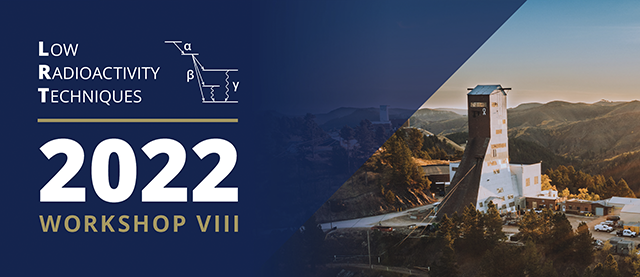Speaker
Description
nEXO is a planned next-generation experiment to search for $^{136}$Xe neutrinoless double beta decay. The experiment will utilize a time projection chamber and 5000 kg of isotopically enriched liquid xenon. The projected 90% CL half-life sensitivity is 1.35·10$^{28}$ yr after 10 yr of exposure. Stringent radioactive background control and careful material selection are necessary to achieve such sensitivity.
Radon daughter plate-out is one source of background in the nEXO experiment. The exposure of detector materials to air will lead to the accumulation of $^{210}$Po, whose α-decay can produce neutrons from (α, n) reactions. Some of these neutrons will capture on $^{136}$Xe to form $^{137}$Xe, whose β-decay will create background events. A literature survey gives a wide range of measured radon daughter attachment lengths. To understand the reasons of such variability the nEXO group at the University of Alabama conducted a measurement campaign using various materials relevant for nEXO. The campaign included measurements in several environmental conditions with careful monitoring and control of the exposure parameters. Results are compared to the Jacobi model.

